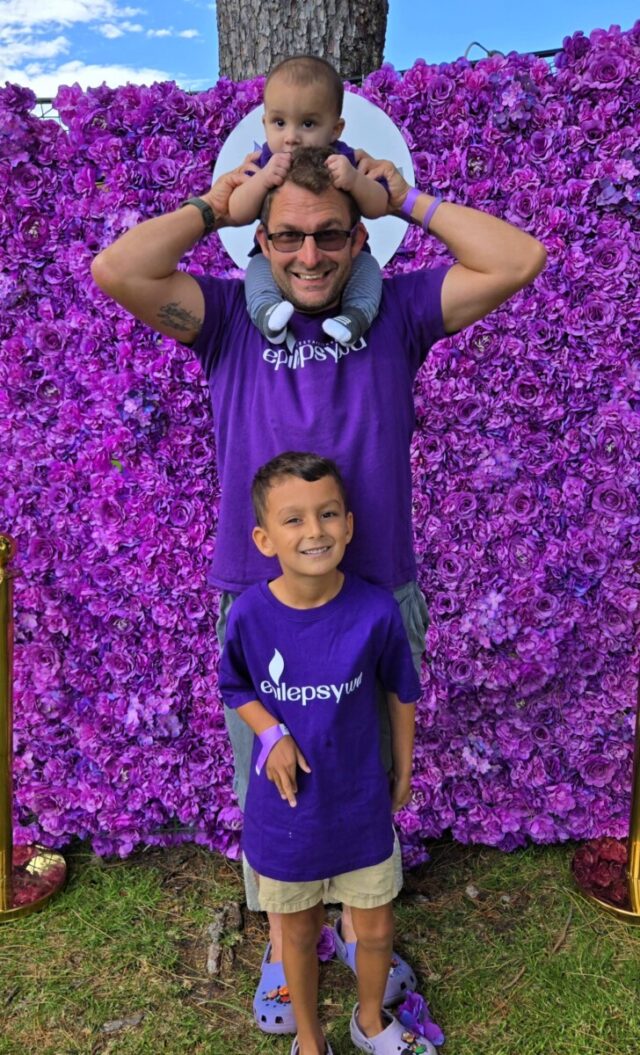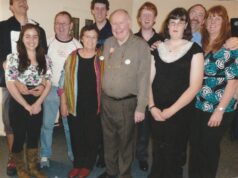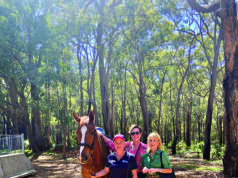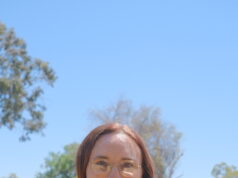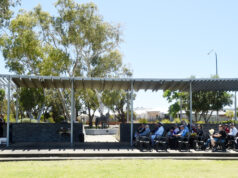Gosnells dad, Warrick Brown said his life was “forever changed” after an epilepsy diagnosis that explained years of confusion and frightening episodes; but also, heartbreak, loss and a fight for hope.
“My day-to-day life was forever changed after receiving my diagnosis,” he said.
“In some ways, for the better, as I had an answer to everything that had been going wrong. Now I need to have multiple alarms set so I remember my medication, 12 tablets a day, and I’m extremely reliant on my wife. If I’m having a bad day, I have to let her know as I can’t be left alone with my children as they are only six and one, in case I have a bad seizure, which breaks my heart.”
According to Warrick, epilepsy has meant countless injuries and ongoing pain.
He’s endured concussions, near dislocations, and a ruptured ankle that left him in a moon boot for six months. On top of that, he lost his roof plumbing business of 16 years after being declared medically unfit.
“I felt like a massive burden on everyone, especially my wife,” he said. “Our first son had just been born and my epilepsy was really out of control. It was heartbreaking and sent me to a very dark place.”
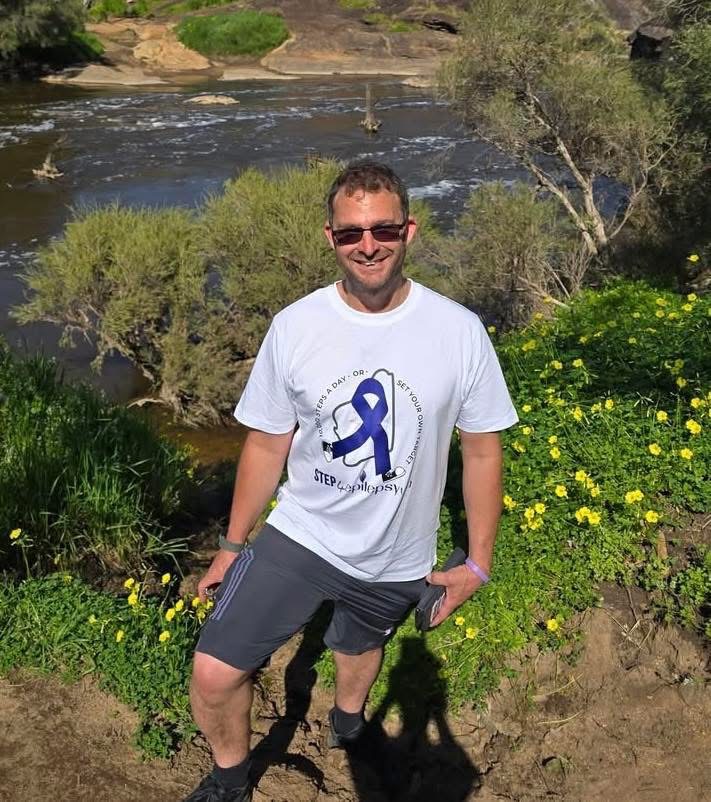
Warrick said one of the hardest things has been the public’s misunderstanding of epilepsy.
“Most people think it’s just flashing lights and you fall down with a tonic-clonic seizure, but in reality, there are many triggers that will set off a seizure and there are over 40 types of seizures,” he said. “For example, I am not photosensitive – my major triggers are stress, low blood sugar levels and lack of sleep.
His seizures are often complex partial seizures.
“The lights are on but no one’s home, I will still very much be walking around just in complete confusion which can lead to all sorts of problems like falling down stairs which led to my ankle injury,” he explained.
Another misconception, he said, is that epilepsy is a mental illness.
“I’ve been called a drunk, a drug addict and all sorts of names when in reality I was having a seizure and recovering,” Warrick said.

This October, Seizure Safety Month is shining a light on reducing risks and saving lives. Warrick sees the campaign as something personal.
“I lost a very close friend to SUDEP (Sudden Unexpected Death in Epilepsy). He had suffered a tonic-clonic seizure (sudden loss of consciousness, followed by muscle stiffening (tonic phase) and then rhythmic muscle jerking (clonic phase) a few weeks earlier and then we lost him,” he said.
“Had we known a bit more or had some measures in place we could have maybe prevented that death. Sadly, our community experiences far too many lost lives to epilepsy.”
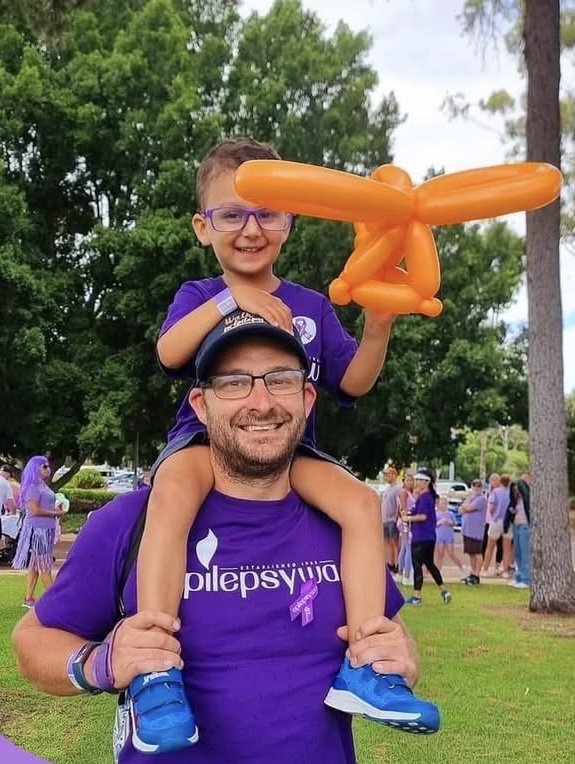
Warrick said he wants people to show empathyand learn the basics of seizure first aid.
“It’s vital the community learns some basic seizure first aid because the person having the seizure will definitely be very confused, often embarrassed and very afraid,” he said.
Warrick credits Epilepsy WA with saving his life during his lowest point.
“I became so depressed, so low, I made an attempt at my life and the only thing that managed to pull me back from the void was Epilepsy WA. I strongly urge anyone who is struggling to reach out, join in the events and help us fundraise. We would be completely lost without them. I owe them my life.”
Now working in a new job with the help of Epilepsy WA, Warrick is finding hope again.
He wears a MedicAlert bracelet, carries information cards, and has been able to remain seizure-free with medication adjustments.
“What gives me hope for the future is people are starting to talk more; we aren’t as ostracised as much as we once were and I like to believe in the kindness of people. If we all work together, I hope one day we can come up with a cure and save more lives,” he said.


